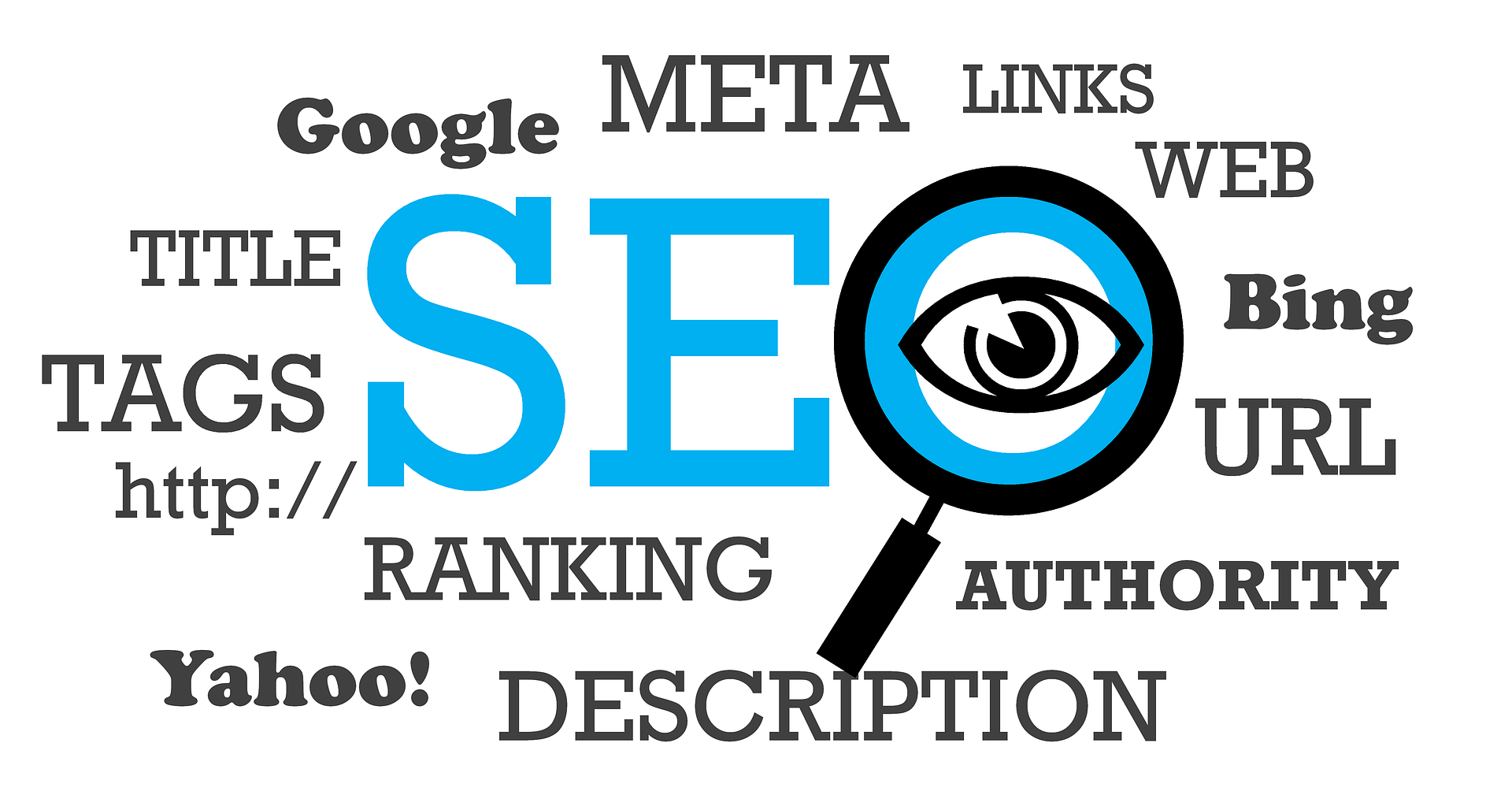Thousands of pieces of content are generated online every single day, and the art of copywriting for your target audience has never been more important. Whatever you are writing, your copywriting plays a huge role in attracting customers through
But what is the aim of the copy on your website? In most cases, your website exists to attract customers, and ensure conversions.
Whatever you are writing, your copywriting plays a huge role in attracting customers through SEO, and presenting them with a compelling reason to do business with you through conversion rate optimisation.
Compelling copy is a must for any business that want to turn more website visitors into customers. But at the same time, compelling copy or content doesn’t matter if it isn’t found in the first place, which is why SEO is so important.

So to start, how can copywriting be used most effectively to attract potential customers to your website through SEO?
Copywriting for SEO
H1 header titles are essential
Your title shouldn’t just be there to inform your reader, but also to work for SEO purposes.
Include any keywords you are targeting in a natural way, and ensure your title will look good on Google unless you are going to change the title tag. Also make sure you use unique title tags across the entire website.
Meta descriptions
The big blue title is the main thing people will spot on Google, but what about the description underneath?
It’s important to ensure your meta descriptions are written well, and is an important way for search engines to see what your content is about. Again, feature any keywords or phrases you wish to rank for, and make sure you aren’t duplicating your meta descriptions across the site.
Quality over quantity
Google is essentially trying to offer up the best results for the terms people search for. So the truest and best way to ensure top rankings is to provide the best information out there.
If you can outwrite your competitors, or people on your site are finding what they need and staying around to read, then you will likely be ranking sooner. Writing lots about pointless things or without the quality can often do you more harm than good.
Consider the quantity, though
Long-form content isn’t a guarantee for SEO success, but it certainly helps.
Don’t pad out your content, but if you have lots of information you can provide readers with, then feel free. Pieces over around 2000 words will often rank well, in terms of blog posts and articles, but if it doesn’t help you reach your end aim then don’t worry.
Keywords
Don’t keyword stuff your copy or content, but ensure the keywords you want to rank for are naturally mentioned throughout.
Keep the natural flow of your writing, and ensure the keywords you are going for are what your target audience is searching for. It’s better to rank for one or two keywords that will generate you business, rather than lots that will attract readers who aren’t interested.
And once your search engine optimised copywriting has done the job and someone is on your page, how can your copy best be used for conversions?
Copywriting for Conversions
Headlines that grab attention
The title of your content, whether it’s a web page or blog post or otherwise, should give people an incentive to read it. It should grab their attention, and clearly describe what you are addressing on the page.
It doesn’t matter how good your content is if your audience is never convinced to read it. And more often than not, this starts and ends with a really good headline or title.
Persuasive Copy
You need to know your audience, what they are looking for, and how to talk to them.
In order to write effective copy that encourages your specific audience to take a particular action, you need to talk in their language.
Offer expert knowledge
Waffling copy is not going to benefit anyone. Whatever it is you’re trying to convey, or even sell, you need to know your stuff to show your audience you know what you are talking about.
Whether this comes down to deep product or industry knowledge, or is a simple matter of doing your research, ensure your copy offers value to your customers. Copywriting isn’t just a matter of nice writing, you need to offer insightful information or knowledge in order to convert more visitors into customers.
Update your copy
If the copy on your website hasn’t been changed for a while, then it’s worth updating and refreshing it.
Stagnating copy is never going to help. Even when it comes to topics that don’t change quickly, there may be particular trends in other fields that may make it feel slightly old. This could be particular references, terms, techniques, or otherwise. You won’t know if your copy is old until you review it.
Calls to action
It’s all very well writing great paragraphs that offer huge amounts of valuable information to your readership, but what do you want them to do after reading?
In order to get your potential customer to take the next step, feature a prominent call to action on your page. This is usually at the bottom, but could be in the sidebar, in a pop-up, or otherwise. Just make sure it’s very obvious and clear, and that it once again offers something to the reader. Not simply “click here to buy”, but perhaps something like “learn more” or “find out how ___ can help you improve ___”.
Overall the art of copywriting is essential for any business owner looking to improve the performance of their website.






